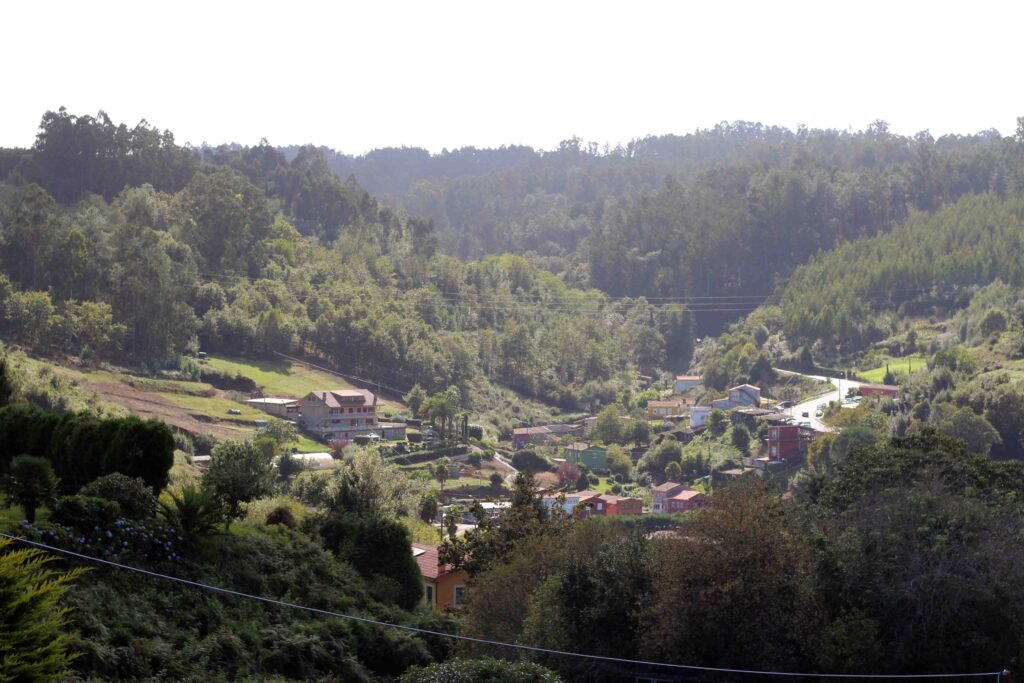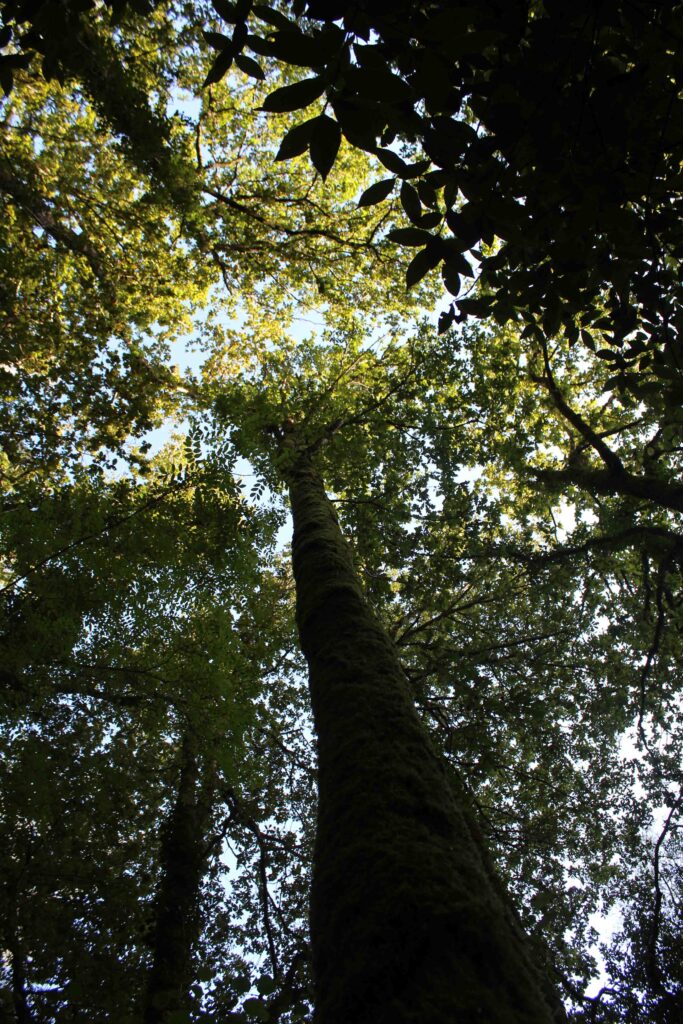To learn about the forest industry in Galicia it’s important to know who owns and controls the land where the roots grow. In this post I introduce a communal form of ownership that governs a large portion of the soil in Galicia. Referred to as Los Montes Vecinales en Mano Común (Neighbouring Mountains in Common Hand), these communal woodlands have been shared amongst locals for centuries. This post is about what they are, where they came from and how they are changing Galicia’s rural landscape. Briefly discussing their communal governance, the principles that support them and their environmental consequences.

What it is and where it came from
Los Montes Vecinales en Mano Común (MVMC) refers to land that is owned and managed by its local community. The system arrived in Galicia after the fall of the Roman Empire with German settlers invading and bringing with them a model of ownership originating from their German tribes. MVMC was at its peak at the start of the 19th Century, when between two thirds and three quarters of Galicia was owned and managed in this way. This land is generally divided by parishes and involvement in the system is allocated to households as opposed to individuals. This is commonly defined as a “house with smoke” in the parish. Ownership of a “house with smoke” gives a community member the right to a voice and vote when deciding what happens to the land, whether it is used for farming, forestry or another purpose. Community members then also enjoy a share of the profits that the land produces. However, at least 40% of profits must be reinvested back into the land. These simple characteristics are at the heart of this communal system and start to explain some of the principles that rule them.
Principles of Los Montes Vecinales en Mano Común
The strict set of principles that govern this system has helped to secure its continuation throughout generations. One of the most most important principles is prohibiting actions that may act to divide the communal character of this land or its governance. This includes not allowing quotas or allocations for individual community members. For example, one person of the community could not claim or be provided exclusive access to a part of the land. In addition the land cannot be taken away, sold, traded, transferred or taxed by third parties. It is for this reason that members of the community cannot pass these community ownership rights directly through inheritance. Rights to involvement is maintained with the “house with smoke” in the community. These principles ensure that the land and its governance is kept local and preserved for coming generations.

The forests are changing
However, throughout its history MVMC have struggled from threats of compulsory purchase and land acquisition. Falling from their 18th century high, today there are around 2,994 community forests using this style of governance, which together cover a quarter of the surface area of Galicia. These forests are gaining popularity and notoriety in recent years as trends towards environmental protection are moving to the for front of popular culture and politics. The effect that this has had on these forests is visible as these ideas of preservation encourage communities to change land uses. This has meant some community forests changing their statute to become a non-lucrative organisation, reinvesting all the money that the land produces. Others have had a desire to transfer usage from the intensive foresting of invasive species to create woodland of native species. In this sense MVMCs are working to restore their local ecosystems and it is the communal ownership that gives them the power to do so.
Inspiration
This introduction to Los Montes Vecinales en Mano Común was inspired by a site visit to a Communal Woodland near Ponte do Eume, which I was invited to by Alejandro Álvarez Hurtado. Alejandro is working with these MVMC communities as well as private clients to create socially and environmentally responsible forestry projects across Galicia. He offers this service through his company Galnus, which specializes in creating woodlands of native tree species and project for corporate social responsibility. I look forward to seeing more of Galnus’ work and hope more MVMC will be inspired to use their land in sustainable and ecological ways.

References
López, Xesús, Begoña Rodríguez, xoaquín fernández leiceaga, Lourenzo Prieto, Manuel Rodríguez, Edelmiro Lopez Iglesias, David Soto Fernández, and Pablo Outeiriño. Propiedad Comunal Y Desarrollo Rural: Los Montes De Vecinos En Galicia. 2001. doi:10.13140/2.1.2935.8082.
